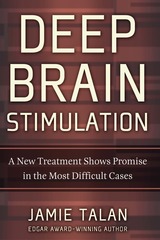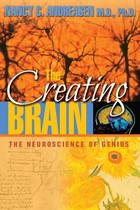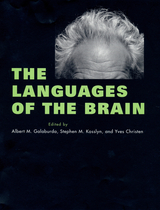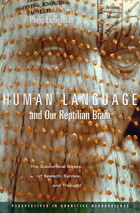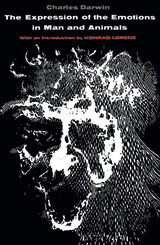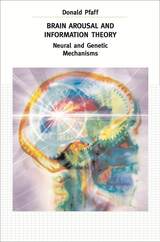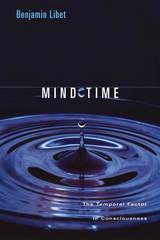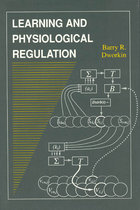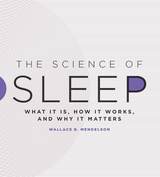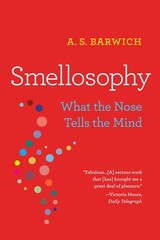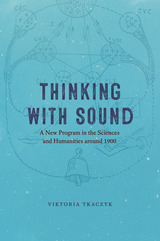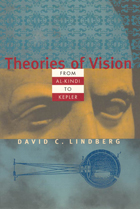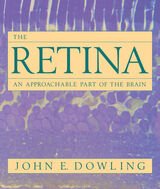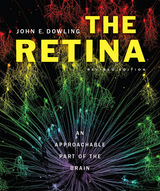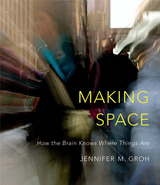Learning and Physiological Regulation
University of Chicago Press, 1993
Cloth: 978-0-226-17600-0
Library of Congress Classification QP416.D96 1993
Dewey Decimal Classification 152.3224
Cloth: 978-0-226-17600-0
Library of Congress Classification QP416.D96 1993
Dewey Decimal Classification 152.3224
ABOUT THIS BOOK | AUTHOR BIOGRAPHY | TOC
ABOUT THIS BOOK
Since Pavlov, physiologists have explained homeostasis—the regulation of bodily functions—as the action of fixed negative feedback networks within individual organ systems. However, these standard explanations largely ignore the mechanisms of conditioning and learning. Drawing on the work of Western, East European, and Russian physiologists, Barry R. Dworkin challenges traditional concepts and argues that learning mechanisms of the nervous system are essential to regulation. Dworkin shows how, through experience, learning mechanisms determine dynamic stability and the long-term regulation of heart rate, blood pressure, glucose, electrolytes, and temperature. He argues that "hard wired" mechanisms do not adequately account for the speed and accuracy of physiological adjustments, and supports his contention with detailed analyses and mathematical models of how conditioned and unconditioned reflexes interact. Dworkin reviews a wealth of research on interoceptive conditioning, conditioned drug responses, and visceral adjustment. Combining physiological and behavioral data with mathematical analysis and computer models, he synthesizes the work of Pavlov and W. B. Cannon in a quantitative theory of physiological regulation that will interest researchers and theorists in medicine, physiology, neuroscience, and biopsychology.
See other books on: Adaptation (Physiology) | Conditioned response | Learning | Physiological aspects | Psychology
See other titles from University of Chicago Press


